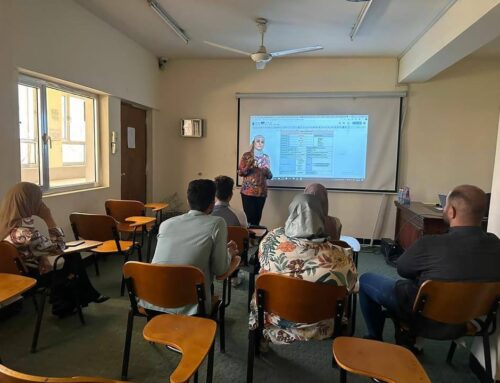Assistant of University’s President for Scientific Affairs publishes a paper about Finger Vein Recognition System Using the Integration of the Level of the Amplifier
Assistant of University’s President for Scientific Affairs, Dr. Jane J. Stephan has published a paper about Finger Vein Recognition System Using the Integration of the Level of the Amplifier and The Detection of Angles.
This research paper published in the Journal of Engineering and Applied Science categorized within Scopus rating for international journals, which helps evolving security cases and personality recognition using finger veins.
Finger veins are considered a unique biophysical standard for personnel recognition depending on the characteristics of human veins’ templates, and this technology is used and developed in many applications like credit cards, cars security, and online transactions’ authentication.
In the research, finger vein recognition system was used using integration of the level of the amplifier and detection of angles, divided into two phases. In the first phase (Training Phase), many operations are executed after the preprocessing, the 7 fixed features are extracted from the finger vein’s photo to detect angles locations in succession, and then the main deviation of the angles locations is calculated for the vein’s photo.
These features are also used as inputs of the pinned base and the stabilized membership function respectively, and then use the foggy method to improve the matching technique. Finally, the angle detection technology is used for matching.
The results showed that using the finger vein database showed that the suggested method contributed to improving the accuracy of finger vein identification compared to the methods used previously.





